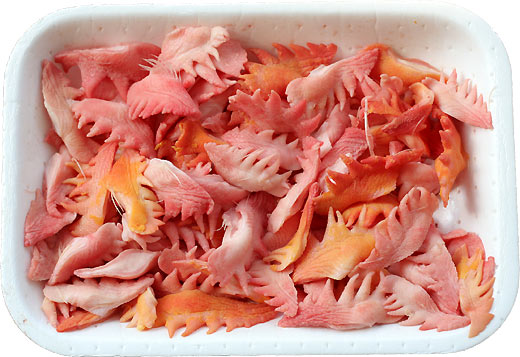"Why is this particular cookbook so special,"? you ask. Well, it was originally published in 1747. The particular edition I have is from 1805 and was an American edition published in Alexandria, Virginia (Mrs. Glasse was English and her earlier editions were specifically English editions, making no mention of American tastes).
BELOW: The Art Of Cookery Made Plain And Easy, by Mrs. Hannah Glasse.

I am fascinated by this book...this is not an original copy, but it is a facsimile of the original with the original type and spelling errors, and in the original format (paragraph format, not like this). But that's not what fascinates me, what gets me is the recipes themselves...She has recipes for things no sane person would be caught dead eating these days. And I have to wonder, what's changed? Why was it totally "normal" to use every last bit of the animal, back then, but totally gross now? And where have some of these recipes gone? Why have I never even heard of half of these?
Now, while I'm drawn to all of the recipes, I'm particularly attracted to the grosser ones...lol
For example:
To stew Ox Palates.
Stew them very tender; which must be done by putting them into cold water, and let them stew very softly over a slow fire till they are tender, then take off the two skins, cut them in pieces, and put them either into your made-dish or soup; and cock's-combs and artichoke-bottoms, cut small, and put into the made dish. Garnish your dishes with lemon, sweet-breads stewed, or white dishes, and fried for brown ones, and cut in little pieces.
First of all, some of the language in this book is...archaic...to say the least, and some of it is clearly geared toward those who already know what's what. Now, I know what a "palate" is...and if that's really what she's cooking up here then I'll decline the dinner invite. But then she goes a step further and adds "cock's-combs." Um...yuck? Why on earth would anyone want to eat a cock's comb?! The only thing I think is that she doesn't mean the one that comes from an animal, but the floral variety which can be used as a vegetable (man, I hope that's what she's talking about!).
BELOW: Rooster combs = gross BELOW: Cockscomb = okay


Far from disgusting recipes being the only fair in her book, not all of the recipes contain questionable content; some actually sound quite good (like the ice cream recipe on page 231). Aaaand then there are some really bizarre ones...like "Hysterical Water" (which contains ground up millepede, by the way), and "Plague-Water." Turns out Plague-Water was a home remedy devised during the Great Plague of 1665. Considering the quantity and variety of herbs in this recipe, if the plague didn't kill you, the recipe just might!

The lady who wrote the introduction to this printing has clearly tried some of these recipes to great results, I guess I'll have to do the same. I'll let you know how the Orange-Fool turns out!


0